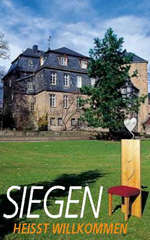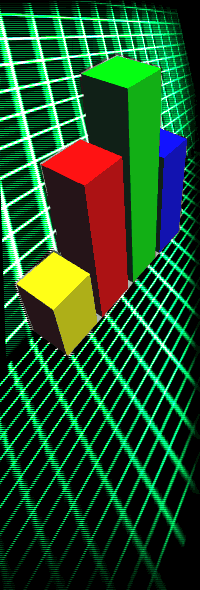International degree programs in Siegen :
New international degree courses offered in English at the University of Siegen are : Postgraduate Master of Science degree in Mechatronics. Postgraduate Master of Science degree in Imaging Physics. Postgraduate Master of Science degree in Chemistry. Postgraduate MSc degree in Nano- and Microchemistry. 
CITY SIEGEN....always buzzzzzing !!!
A Province Full of Life
It's hard to believe that some 100,000 people live in Siegen. At first glance, the city feels more like a quiet country town, located as it is on the Sieg River and surrounded by forests and hills.
The lower part of Siegen has a more urban feel, with a new shopping center that attracts locals as well as people from the surrounding regions. A large cinema complex, a contemporary art museum and plans for a theatre are further signs of urbanization. The city is also undergoing some structural changes which are sure to have economic implications.
Industrial Roots
For centuries the region lived from iron production and smelting, but today, the majority of the workforce is employed in the trade and service sectors.
Production still continues to play an important role, however, with several small and medium-sized companies involved in the production of industrial pipes, machines and plants. The university is the area's second largest employer and as such is also having an impact on structural change in the region.
City History
Today, there is little to remind visitors of the region's past - the region where the painter Peter Paul Rubens was born in 1577. The first recorded reference to the city was in 1224. For centuries, the princely houses of Nassau and Oranien influenced the fate of the city, but during the Second World War Siegen was almost completely destroyed and only a few historical buildings were left standing. The Oberere Schloss (Upper Castle) provides further details for those interested in the city's history.
The Altstadt (old city), built on a hill, has retained some of its historic flair. The crooked half-timbered buildings so typical of the region can still be found here, as can the 13th century Nikolaikirche (Nicolas Church). Its golden coronet is a city landmark.
|
